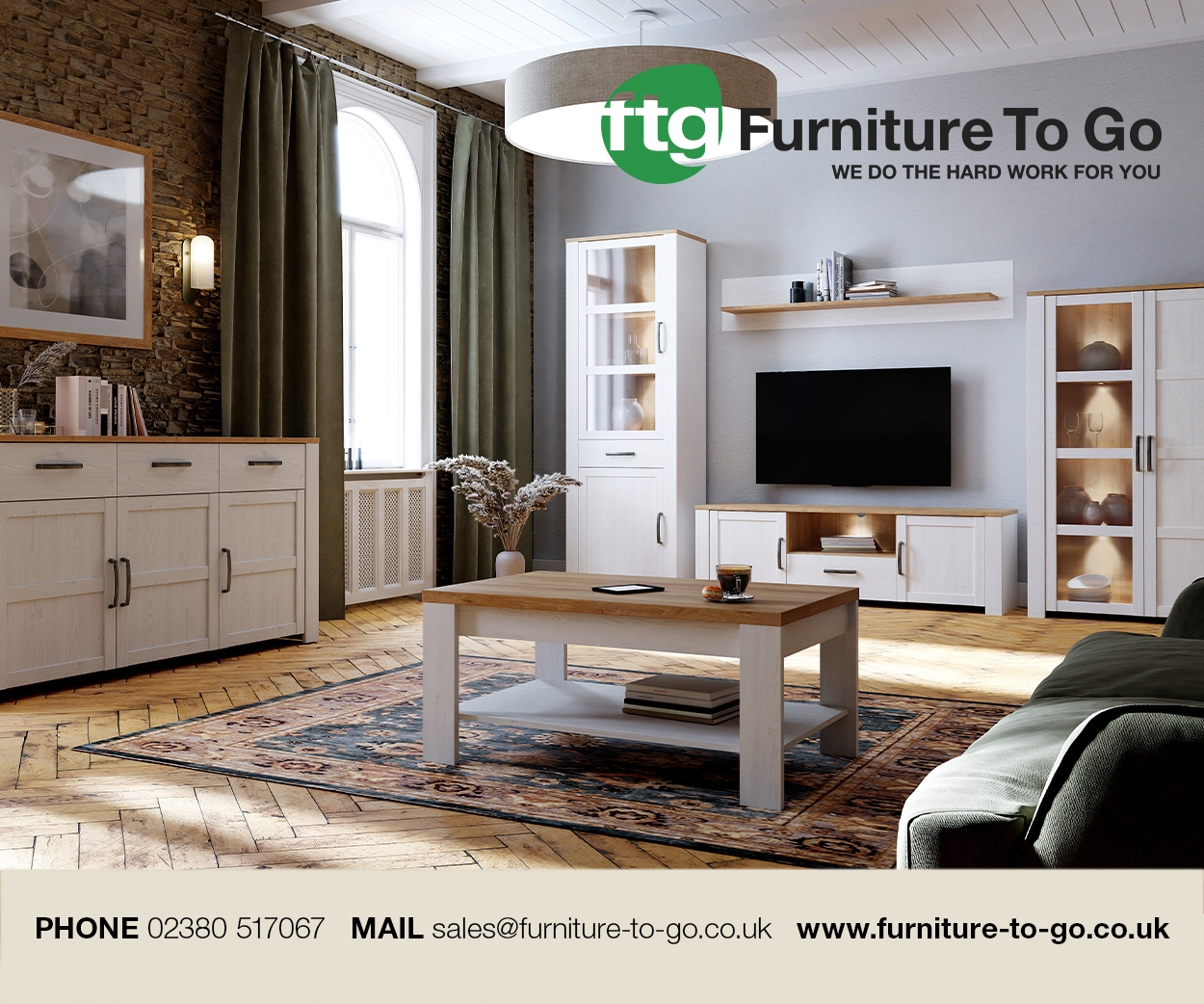The first thing people do once they have moved into a new home is to buy furniture, writes Joseph Smith. This makes it feel like their own abode, and lets them put their stamp on the property. The housing market can have a direct impact on sales, and with new homes set to be built over the coming years, how could this impact the sector?
The housing market has been strong over the past few years, if unaffordable for some. The prices did drop somewhat when it was announced that a possible tax on higher-valued homes may be on the cards. This led to a -0.1% drop in the average home price in mid-2025, from £272,664 to £271,079. Despite this, house prices are expected to have risen in value by the end of the year, though with prominent estate agents downgrading forecasts from +4% to +1%.
One of the key policies brought in by the new Government in the UK has been to create new, affordable housing. Between the 1st April 2024 and the 31st March 2025, 38,308 new homes were started and 36,872 were completed. This is expected to continue.
Sales activity has also remained resilient. New methods of selling, like the speed and flexibility offered by cash-buying companies such as We Buy Any Home, have also contributed to this. Unlike traditional estate agent sales, firms like these provide direct cash offers on properties of any type, allowing sellers to bypass lengthy chains and uncertainty. In many cases, transactions can be completed in as little as seven days, providing a level of efficiency that continues to add valuable liquidity to the housing market.
House sales' impact on furniture retail
Around two years ago, in 2023, mortgage levels hit their highest rates since 2008. Historical data from this period saw sales in furniture slump by around -15% to -20%. This was not from small independent retailers either, but from large chains.
There have been many changes since then, such as a return to standard freight times and costs. However, there is the impact of tariffs, which could prove troublesome to the price of furniture, along with other goods, and impact the supply and cost of these houses.
From this, we can see that new homeowners generally contribute to an uptake in furniture purchases. As many new buyers are getting their foot on the property ladder with lower-cost or smaller homes, the demand for large, high-ticket homes is lessened. This could impact sales from chain retailers, giving them a boost, and even increase orders from shopping giants like Temu and Shein. Of all the houses built in the above-mentioned period, 79% were for new affordable homes.
The results of more home availability
These increases in sales are not good for everyone. With low-cost furniture being the main selling point, it could damage many independent retailers. With competition from giants like IKEA, catalogue shops selling low-ticket furniture and overseas sales from China, it will become hard for these shops to benefit from the boom in housing. This may be exacerbated if a housing tax on bigger homes reduces the disposable income that could go to higher-end items.
The housing market is changing, but with the cost of living crisis, it seems the budget end is going to reap the rewards. Independent retailers may wish to prepare for this – while those supplying civic buildings and offices may notice little difference.











